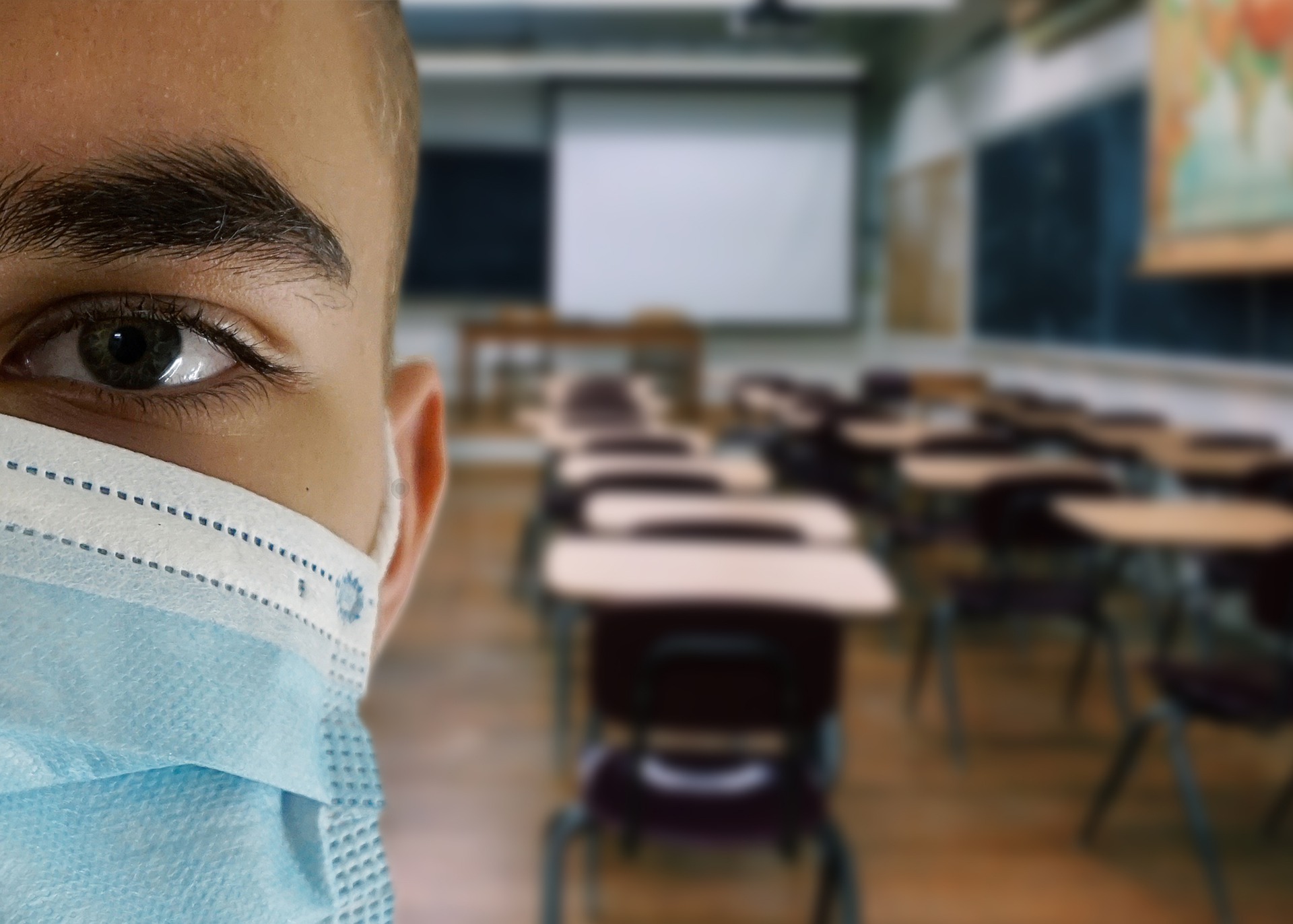Media release
From:
The Royal Society
Novel approach to evaluate contact patterns and risk mitigation for COVID-19 in English Primary Schools: application of Structured Expert Judgement
Royal Society Open Science
We have investigated the patterns of close contacts of children and staff within Primary Schools in England. We show that during June and July risk mitigation measures reduced these contacts by between 50 and 80%, thereby significantly reducing risk of COVID19 transmission. The study fills a major knowledge gap on the contact patterns of primary school age children.
Attachments
Note: Not all attachments are visible to the general public.
Research URLs will go live after the embargo ends.

Research
The Royal Society, Web page
Please link to the article in online versions of your report (the URL will go live after the embargo ends).
Journal/
conference:
Royal Society Open Science
Organisation/s:
University of Bristol, UK
Funder:
There was no direct funding for the project but the support of the Royal Society education policy unit and the
RAMP initiative for COVID-19 are acknowledged. We are much appreciate of the primary school leaders who
volunteered to join the expert panel. Their enthusiasm, support and expert knowledge was paramount. The
University of East Anglia fact-finding team of Jade Eyles, James Christie, Nicola Taylor and Martin Mangler are
much appreciated. The project was completed under the auspices of the RAMP initiative of the Royal Society. Mike
Cates is thanked for encouragement and advice. Two anonymous and constructive reviews led to significant
improvements in the paper. Funding to L.D. and E.B.-P. from MRC grants MR/V038613/1 and MC-PC-19067 is acknowledged.



 International
International



